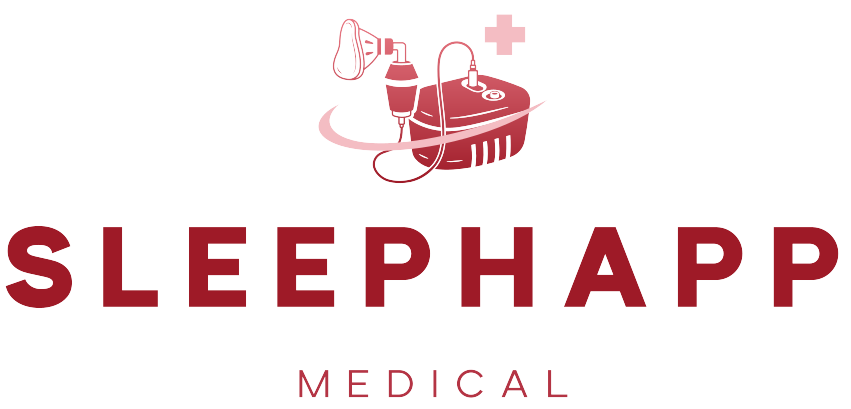Sleep apnea is a condition where breathing stops and starts during sleep. The most common type is obstructive sleep apnea (OSA). CPAP (Continuous Positive Airway Pressure) therapy is a popular treatment for OSA. It uses a machine that blows air through a mask to keep the airway open. This helps stop breathing interruptions during sleep. This post will discuss how CPAP treatment maintains the open airways and treats sleep apnea.
The History of CPAP Machines
CPAP machines have helped treat sleep apnea since 1981. Dr. Colin Sullivan created the first CPAP machine. He got the idea when he saw how his mother’s vacuum cleaner made a steady airflow.
Before this, people needed surgery to treat sleep apnea. Dr. Sullivan found that a mask, tubing, and a machine that blows air could help. This was a big discovery. But at first, many people did not believe it would work. It took five years before CPAP machines were available for everyone to use.
What is Sleep Apnea?
In sleep apnea, a person’s airway might collapse or get blocked as they sleep. Often, this results from too-relaxed throat muscles closing the airway. The most often occurring kind is Obstructive Sleep Apnea (OSA). This disorder wakes the individual up by stopping oxygen flow. Sleep apnea without treatment can cause low energy, heart disease, and stroke, among other major medical issues.
The Mechanisms behind CPAP Therapy
CPAP is “Continuous Positive Airway Pressure.” This machine sends a consistent air stream across a mask. This air pressure maintains the airway open. The machine runs like this:
- The CPAP machine’s compressor generates consistent air pressure, which keeps the throat muscles from closing.
- The Tubing lets air flow by linking the machine to the mask.
- The mask passes air straight to the airway over the nose or mouth.
This consistent airflow maintains oxygen levels steady, keeps the airway open, and helps to prevent the airway from collapsing. CPAP treatment helps people breathe naturally while they sleep.
Why does Airways collapse in sleep apnea?
Throat muscles relax during sleep. People with sleep apnea have too relaxed muscles, which close their airways. This shuts off oxygen, which wakes the person to breathe. CPAP therapy stops this by maintaining mild pressure on the airway and preventing its collapse.
Benefits of CPAP Therapy
Beyond only enhancing sleep, CPAP therapy has many health advantages. These are the principal benefits:
- CPAP lowers the risk of heart disease and lessens stress on the heart by consistent breathing.
- People who use CPAP report feeling less tired and more awake since they obtain deeper, uninterrupted sleep.
- CPAP therapy helps people sleep more peacefully by lowering the frequency of times breathing stops during sleep.
- CPAP treatment maintains constant oxygen levels, thus strengthening the brain and heart.
CPAP Machine Pressure Programmable Settings
Doctors set CPAP machines to a particular air pressure level for every patient. We measure this pressure in “cmH2O,” or centiliters of water pressure. Pressures are expected to fall between 4 and 20 cmH2O. Certain CPAP machines can automatically change pressure depending on breathing patterns.
Comfort Elements of CPAP Devices
Comfort features on more recent CPAP devices help to simplify treatment by:
- These heated humidifiers help to prevent nose and throat dry-out.
- Heated Tubing helps to prevent too-cold air, facilitating breathing.
- Some machines change pressure in response to breathing out, increasing comfort.
Conclusion
CPAP treatment is straightforward and successful for obstructive sleep apnea. Maintaining an open airway preserves oxygen flow and helps prevent pauses in breathing. Not only does CPAP therapy help with sleep, but it also protects heart health, boosts energy, and lowers the risk of severe diseases, including stroke. The consistent air pressure of CPAP helps those with sleep apnea breathe better and lead better lives.

